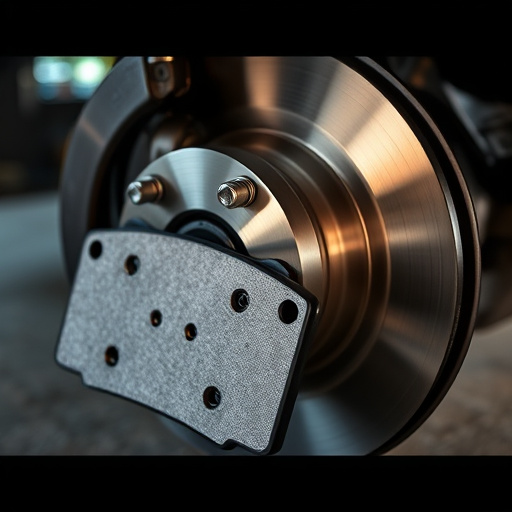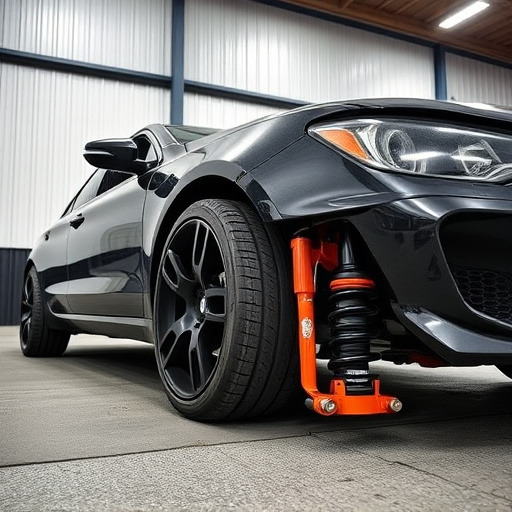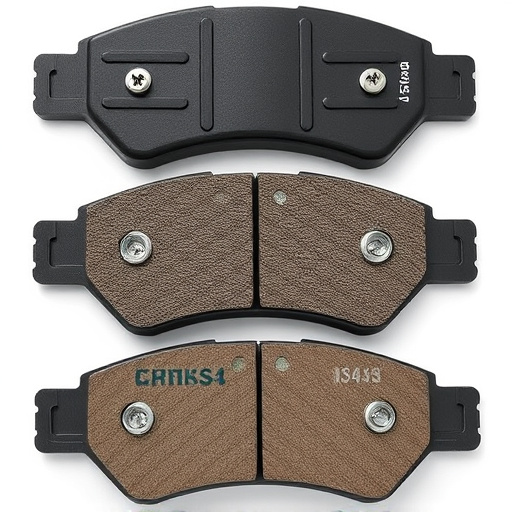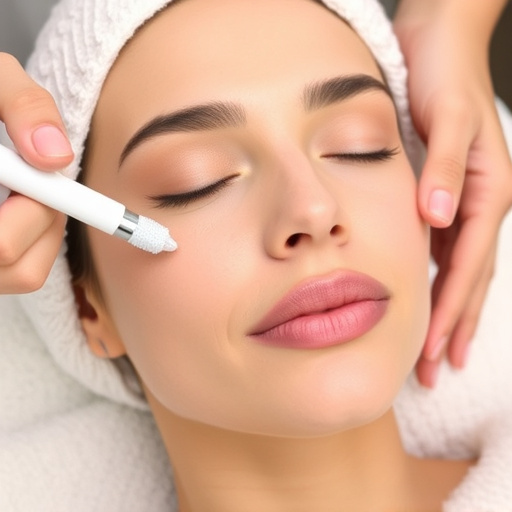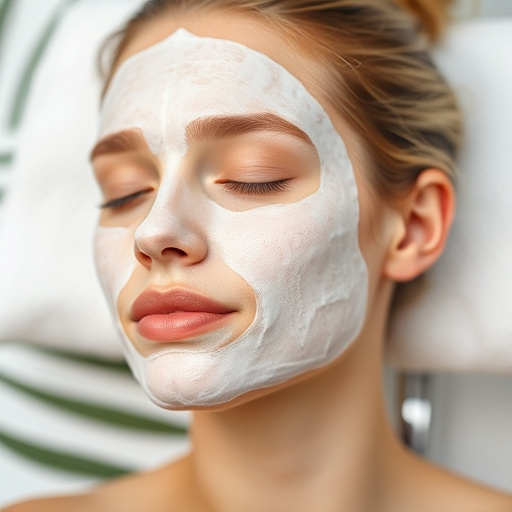Laser procedures have become a go-to for aesthetic treatments, offering precise solutions for skin concerns like resurfacing, tattoo removal, facials, and tightening. However, without proper cooling technology, risks such as thermal damage, redness, swelling, and burns can arise. Advanced cooling systems are now integral to ensuring safe laser procedures, making non-surgical treatments more accessible, comfortable, and effective. Best practices include comprehensive patient preparation, continuous monitoring, detailed consultations, and post-procedure care. Future trends focus on enhanced cooling technologies and materials science, AI-driven personalization, and optimal healing for diverse dermatological and cosmetic applications.
“In the realm of dermatology and cosmetic treatments, laser procedures have emerged as powerful tools for skin rejuvenation. However, understanding their potential risks is paramount for ensuring safe laser treatments. This article delves into the critical role of cooling technology in mitigating these risks. We explore how advanced cooling systems minimize discomfort and protect the skin during laser applications, making these procedures safer and more effective. By examining current practices and future trends, we highlight the continuous evolution of safe laser procedures.”
- Understanding Laser Procedures and Their Risks
- The Impact of Cooling Technology
- Ensuring Safety: Best Practices and Future Trends
Understanding Laser Procedures and Their Risks
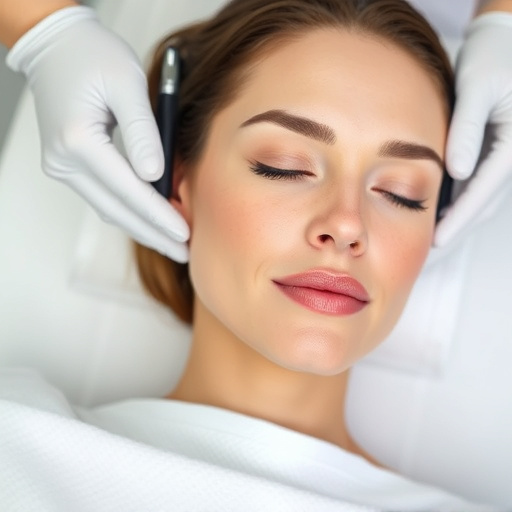
Laser procedures have revolutionized the field of aesthetics, offering precise and effective solutions for various skin concerns. However, understanding the intricacies of these procedures is paramount to ensuring safe laser treatments. Laser technology uses concentrated light beams to target specific skin structures, which can lead to significant improvements in skin texture, tone, and elasticity. Common applications include skin resurfacing, tattoo removal, and various aesthetic treatments like hydrating facials and skin tightening.
While these procedures are powerful tools, they also carry inherent risks. Inadequate cooling technology during laser treatments can cause thermal damage, leading to temporary or permanent side effects such as redness, swelling, and even burns. Therefore, employing advanced cooling systems is crucial in mitigating these risks. By efficiently managing the skin’s temperature, these technologies ensure that laser procedures are not only effective but also safe and well-tolerated by the patient.
The Impact of Cooling Technology
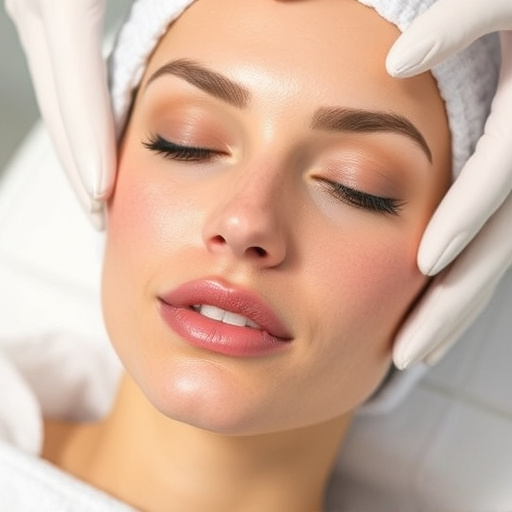
The integration of cooling technology has significantly revolutionized safe laser procedures, making non-surgical treatments more accessible and comfortable for patients. This innovative approach plays a pivotal role in mitigating the potential side effects often associated with laser therapy, such as skin irritation and temperature rise. By employing advanced cooling systems, practitioners can now offer effective anti aging treatments and chemical peels without subjecting patients to excessive discomfort or damage.
Cooling technology works by delivering a stream of cold air or liquid to the treatment area, absorbing the heat generated during laser procedures. This real-time temperature control ensures that skin tissue is subjected to precise energy delivery, enhancing the overall safety and efficacy of safe laser procedures. As a result, patients can benefit from improved outcomes with reduced risks, making cooling technology a game-changer in dermatological and aesthetic practices.
Ensuring Safety: Best Practices and Future Trends

In ensuring safe laser procedures, best practices emphasize patient preparation and continuous monitoring. This includes thorough consultations to understand skin type, medical history, and desired outcomes, as well as detailed explanations about the procedure’s potential risks and benefits. During treatment, advanced cooling technologies play a pivotal role in mitigating side effects like burns or tissue damage by rapidly reducing skin temperature. Professional skincare experts advocate for post-procedure care, including sun protection and specific topical treatments, to optimize healing and maintain results, especially for aesthetic treatments focusing on wrinkle reduction.
Future trends in safe laser procedures are driven by innovation in cooling technology, leveraging advancements in materials science to develop more efficient and targeted cooling systems. These innovations aim to enhance patient comfort and outcomes across various applications, from dermatological to cosmetic surgeries. Integrating AI-driven analysis can also improve precision, allowing for personalized treatment plans that cater to individual skin responses, thereby ensuring optimal safety and efficacy in professional skincare practices.
Cooling technology plays a pivotal role in ensuring the safety and efficacy of laser procedures. By mitigating thermal risks, these innovations allow for more precise and controlled treatments, minimizing potential harm to patients. As research advances and best practices evolve, the future of safe laser procedures looks even brighter, promising enhanced patient outcomes and greater clinical flexibility.

